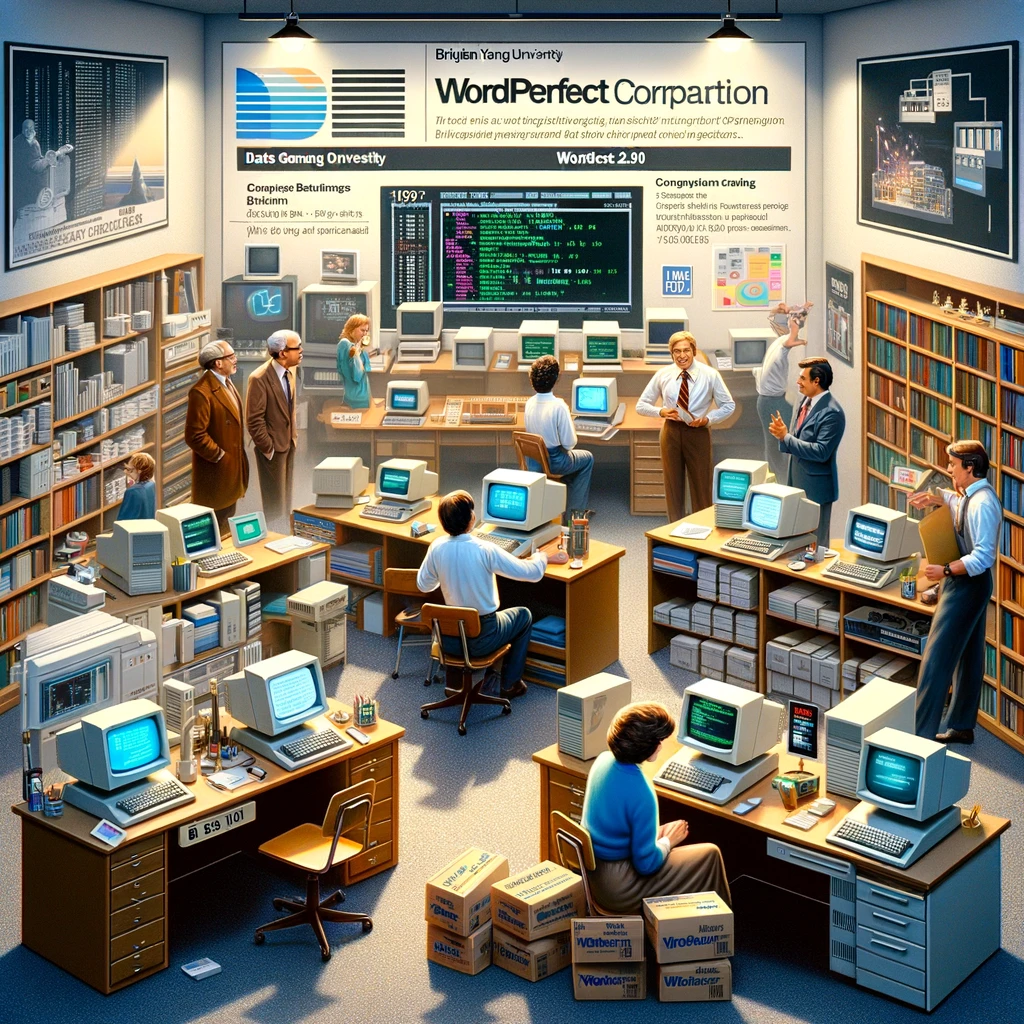Reading time: 4 minutes.
In technology circles, the concepts of ‘Adapt vs Adopt’ are critical, especially in the realms of software and systems. These terms, though sounding similar, embody fundamentally different approaches to dealing with technological change and advancements. Understanding the distinction between adapting and adopting is not just a matter of semantics; it is essential for making informed decisions that can significantly impact the success and competitiveness of businesses in the digital age.

Adapting in technology refers to modifying or altering existing systems or software to suit new requirements or to overcome emerging challenges. It is an evolutionary approach, focusing on making incremental changes to improve or extend the current technological framework. On the other hand, adopting is about embracing entirely new systems or technologies, often replacing or substantially changing the existing landscape. This process is more revolutionary, marking a decisive shift in how technology is utilized within an organization.
Both adaptation and adoption play vital roles in how organizations navigate technological progress. This article aims to delve deeper into these concepts, exploring their differences, implications, and impacts on businesses, development processes, and end-users in the context of software and systems. By dissecting these strategies, we aim to provide a comprehensive understanding that aids stakeholders in making strategic decisions in the tech-driven world.
Understanding the Basics of Adapt vs Adopt
Adapt
Adapting in the context of software and systems refers to the process of modifying or changing existing technologies to meet new requirements or challenges. This could involve tweaking a software application, updating system configurations, or integrating new features into an existing platform. Adaptation is often driven by the need to stay relevant in a changing technological landscape or to meet specific user demands.
Adopt
Adopting, on the other hand, is about embracing new technologies or systems, often replacing older ones. When an organization adopts new software, it integrates that technology into its operations, replacing or supplementing existing solutions. Adoption is a strategic decision, typically influenced by the need for improved efficiency, access to new features, or staying competitive.
Comparing Adapt vs Adopt
Contexts and Implications
- Business Strategy:
- Adapting often aligns with a conservative strategy, where the goal is to maximize the value of existing investments. It’s about evolving and improving what is already in place.
- Adopting tends to be more aggressive and forward-looking. It can be part of a transformative strategy, signifying a willingness to make significant changes for potential long-term gains.
- Cost Implications:
- Adapting might be less expensive in the short term, as it usually involves working with existing tools and systems.
- Adopting new software or systems often requires a larger upfront investment, but can lead to greater savings and efficiencies in the long run.
- Risk Factors:
- Adapting carries lower risk as it involves modifying familiar systems. However, over-adaptation can lead to complex, hard-to-maintain systems.
- Adopting new technologies is riskier, as it involves moving to untested platforms, but it can offer cutting-edge solutions and competitive advantages.

Impact on Software Development
- Development Process:
- Adapting involves iterative development, focusing on incremental improvements. It aligns with methodologies like Agile, where changes are made in response to user feedback.
- Adopting new systems or software can necessitate a complete overhaul of the development process, adopting new methodologies, tools, and languages.
- Skills and Training:
- Adapting allows teams to build on existing knowledge, requiring less training.
- Adopting new technologies often demands extensive training and sometimes hiring new talent familiar with the new systems.
- Quality and Performance:
- Adapting existing systems can lead to optimized performance as the system is fine-tuned over time.
- Adopting new technologies can offer superior performance and features but may initially suffer from teething problems as users and developers get accustomed to them.
Impact on End-Users
- User Experience:
- Adapting software tends to offer a more seamless transition for end-users, as changes are often incremental.
- Adopting new systems can disrupt the user experience, requiring users to learn new interfaces and workflows.
- Meeting User Needs:
- Adapting is often driven by direct user feedback, ensuring that changes align closely with user needs.
- Adopting new solutions may offer innovative features that users didn’t know they needed, but there’s a risk of misaligning with user expectations.
Case Studies in Adapt vs Adopt
- Legacy Systems:
- Many businesses choose to adapt legacy systems, integrating new features or making them compatible with modern technologies, instead of completely overhauling them. This approach preserves existing investments while still modernizing key components.
- Cloud Computing:
- The shift to cloud computing is a classic example of adoption. Many organizations have moved from traditional on-premise systems to cloud-based solutions to benefit from scalability, cost-effectiveness, and enhanced performance.

Conclusion
In conclusion, the decision to adapt vs adopt in the realm of software and systems hinges on various factors including business strategy, cost, risk tolerance, and the specific needs of the end-users. Adapting involves refining and enhancing existing systems to meet new challenges, while adopting is about embracing new technologies, often revolutionizing the way an organization operates. Both strategies have their place in the technological landscape, and the choice between them should be informed by a thorough analysis of an organization’s goals, resources, and the demands of the market it operates in.
Understanding the nuances between adapting and adopting is crucial for any business or individual working with software and systems. It guides decision-making processes, influences development paths, and ultimately shapes the technological future of the organization. Whether it’s adapting to incrementally improve or adopting to make significant leaps forward, the key is to align these strategies with overarching objectives and the ever-evolving landscape of technology.





